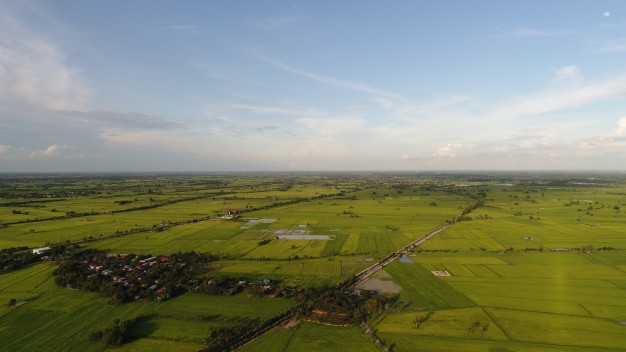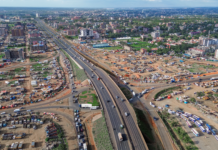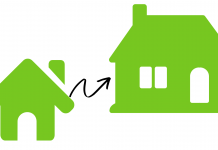An undeveloped piece of land certainly seems to hold endless possibilities. However, you will soon discover that there are many restrictions and risks you’ll face as you try to develop or sell this land.
The government may restrict the type of property that can be built or the way the land can be used. You may encounter environmental problems, such as flooding or contaminants.
Risks of Buying Land to Be Aware Of
Zoning Classification
One major problem you could encounter when buying land is zoning issues with the way the land can be used. Every town has a land-use plan. This basically divides the town into different areas including commercial, residential, agricultural, industrial, historical, or even mixed-use.
Use of land: The first issue you will have to deal with is the way in which the land can be used. If the land is zoned for residential use and you plan on building a residential property on the land, then you have no problem.
However, if you want to change the way the land is zoned, you may have a battle on your hands. For example, the land is zoned for residential use and you would like to build a commercial property on the site. Some of these zoning classifications are decades old, so the town may be open to a reclassification of the land if the new function makes sense with the town’s current layout. Other times it is not so easy.
You will have to petition the town in order to get the land re-classified. Many towns will want you to show that there has been a substantial change to the neighbourhood that will warrant the change in zoning. You will have to submit a proposal of what you will build on the site. You will have to show that your development is compatible with the existing land development plan the town has and that it will not have any negative effects, such as causing nearby areas to flood or increasing traffic.
There will likely be a public hearing. Even if you can get the town council on board, you may have a separate fight on your hands with neighbours who will petition to prevent you from being able to build.
Zoning Restrictions
The second factor to consider when purchasing land is the size of the development you will be allowed to build, including the following:
- Setback requirements: There is usually a code that will require your property to be built a certain distance from the neighbouring property lines. This includes the front, which is likely the street, the two sides, and the back. Permanent structures, such as a home, garage or deck, must be built a certain distance away from the property lines. Depending on the size of the lot you are looking at, this could greatly affect the size of the structure that can be built, potentially making it not worth the investment.
- Lot coverage: This code is in place to prevent flooding issues. There must be a certain percentage of the lot that is not covered, where rain has the ability to seep into the soil so that it does not flood neighbouring properties.
- Floor area ratio: The square footage of each floor of the property will be added together and then divided by the size of the lot. The total floor area can only be a certain percentage of the lot size, which each town will determine.
- Height: You need to know the height of the structure you can build. If you were planning on a three-family building, but the town will not allow more than two stories at that location, the investment will not make monetary sense for you.
- Accessory buildings: There will be code restrictions on the size and placement of structures such as garages and farms. There may be a requirement as to how many parking spaces you must-have for the property. Some towns may even require these spaces to be covered.
Environmental Issues
A third risk of buying raw land is you do not know what lies beneath the soil. You could encounter high levels of gases. The soil could be unstable and unfit to build on. If you build on soil that is not stable, it could cause the foundation of your property to crack.
The land could be located in a flood zone. This will not be the end of the world if you can raise the property up or change the grading of the soil to prevent flooding. Flood insurance is very expensive and can be a deal-breaker for potential buyers.
Access to Utilities
How easy is it to get utilities at the location? This includes sewer, running water, electricity, gas, telephone, and Internet. Do neighbouring properties have these services, or is your plot of land in the middle of nowhere.
If your property is in the middle of nowhere and does not have access to a sewer line, you can have a test done on the soil to determine if a septic system can be installed on the property. This test determines how quickly water drains through the soil. Assuming the land passes the test, you will also have to dig a borehole.
Getting these utilities onto your property can be a significant expense. If you are unable to gain access to necessary utilities, it is a disaster for any potential development you were considering.
No Income, but Expenses
When you buy raw land, there is nothing on the land, so it is not generating income. It is very difficult to get a loan on vacant land, so you likely have to pay cash for the land, leaving a lot of money tied up in the investment.
There is no income being generated, but you will still be responsible for the expenses on the land. The main expense will be taxes. You may also have to pay to maintain the land, such as mowing the grass regularly.














